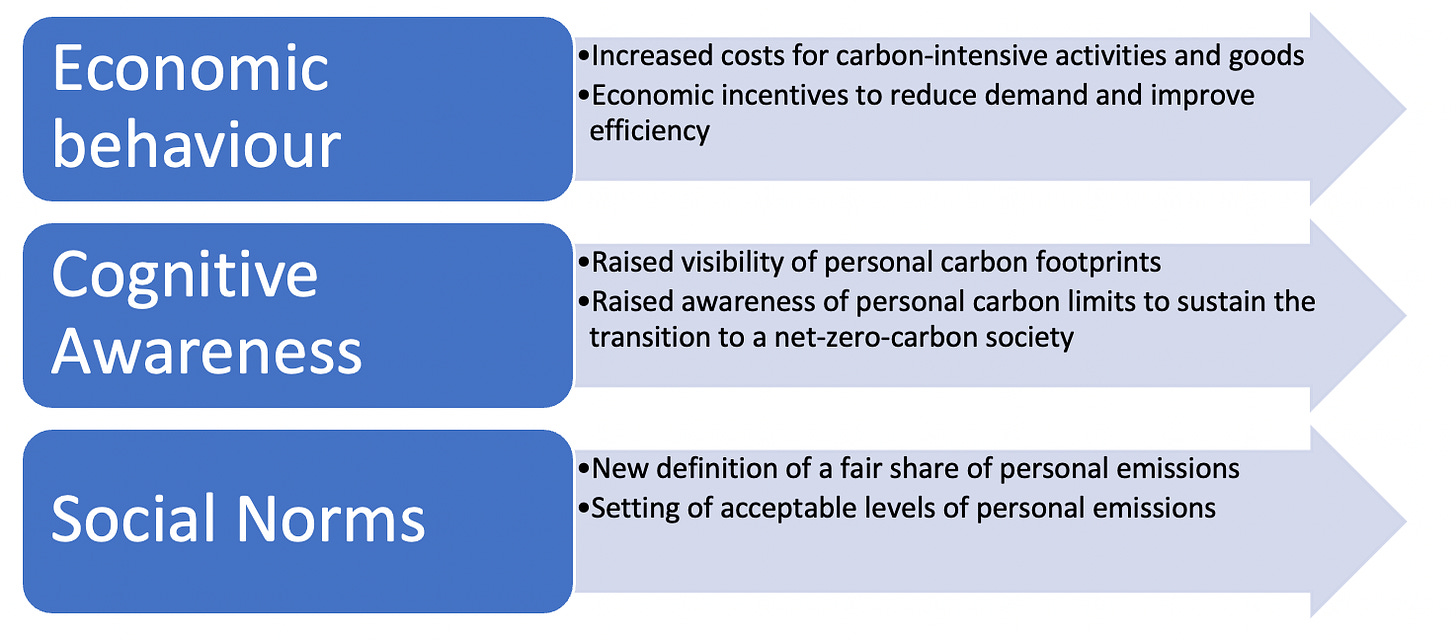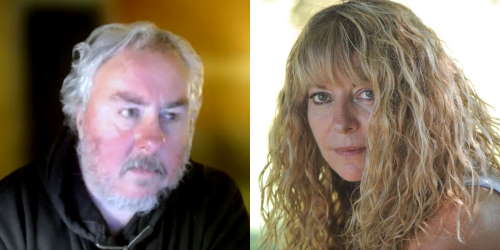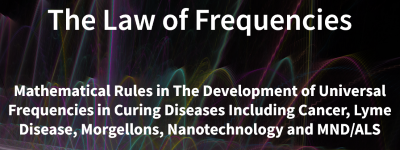Dr Meryl Nass – WEF twists the meaning of words to make austerity sound desirable
Sat 3:22 pm +01:00, 24 Sep 2022I start the conversation about climate change
The term Climate Change lacks meaning. It is always hotter or colder, wetter or drier than the last season. The term used to be Global Warming, but when the warming slowed down, the PTB segued smoothly and without explanation to Climate Change, and somehow managed to make everyone think it meant the same thing. As it became clear that temperatures were starting to go down, the PTB made another pivot to atmospheric carbon dioxide as ‘the Problem.’ But we don’t actually know whether high levels of CO2 are a problem. The elevated CO2 does help plants more easily trap carbon and grow larger. James Corbett has been on this scam for awhile. He is a wonderful teacher about what is really happening.
The heating of the planet from about 1960 to 2000 occurred reasonably fast, as if it was starting up from the low point on a sine wave, as 1970 was relatively cold. There is some confirmation of this in a Royal Society publication of 1966. It noted that there was a warming in the early part of the 20th century, followed by a distinct cold weather trend around 1960, expected to last at least till the turn of the century. It did.
Now we expect cooling due to decreased sun spot activity over the next ten years, so the focus will be on CO2 rather than planetary cooling.
Creating a fake global threat of planetary annihilation from a natural cycle’s vicissitudes was bold and brazen. Meteorologists who did not drink and expel the Koolaid lost their jobs. USG weather statistics were corrupted, which it seems is very easy to accomplish nowadays. The Intergovernmental Panel on Climate Change, which Maurice Strong formed, took care of getting out a single cohesive message. I currently rely on the Australian Academy of Science for my facts, but how long will they last?
James Corbett took a peek behind the curtain to identify Maurice Strong as the main inventor of the Global Warming scam and most of the world’s environmental movement. Strong ran the UN’s first 1972 Conference on the Environment and its 1992 Rio Earth Summit. As James Corbett develops the history:
David Rockefeller was there with Strong in Colorado in 1987 for the “Fourth World Wilderness Congress,” a meeting of world-historical importance that almost no one has even heard of. Attended by the likes of Rockefeller, Strong, James Baker and Edmund de Rothschild himself, the conference ultimately revolved around the question of financing for the burgeoning environmental movement that Strong had shaped from the ground up through his work at the United Nations Environment Program.
It was at that conference (recordings of which are available online, thanks to whistleblower George Hunt) that Rothschild called for a World Conservation Bank, which he envisioned as the funding mechanism for a “second Marshall Plan” that would be used for third world “debt relief” and that favourite globalist dog whistle “sustainable development.”
Rothschild’s dream came true when Strong presided over another high-level UN environment summit: the 1992 Rio “Earth Summit.” Although perhaps best known as the conference that birthed Agenda 21, much less well known is that it was the Earth Summit that allowed the World Conservation Bank to become a reality.
Do read all that James Corbett has to say on the matter. But I now want to shift to the WEF and its website, where its current plans are laid out.
https://www.weforum.org/agenda/2022/09/my-carbon-an-approach-for-inclusive-and-sustainable-cities/
“3. Raised awareness and ownership for nature and environment – In the last few years, there is an increased awareness and public concern on climate change and specially among youth. The UNDP’s “Peoples’ Climate Vote” reflects that over 64% of people believe climate change is a global emergency. A new Pew Research Center survey in 17 advanced economies found widespread concern about the personal impact of global climate change: 80% of citizens say they are willing to change how they live and work to combat the effects of climate change. Young adults, who have been at the forefront of some of the most prominent climate change protests in recent years, are more concerned than their older counterparts about the personal impact of a warming planet in many public surveys.
* Note the intense concern with what people believe, rather than with what is actually taking place.—Nass













